Reviewing key vocabulary related to... heating and cooling
Heat

Heat is the energy that moves from a hotter to a colder substance. Heat energy causes the particles of a substance to wiggle or vibrate faster if the particles are fixed in a place or to move around faster if the particles are free to move.
Temperature

How fast or slowly the tiny particles of matter vibrate or move around is called temperature. The faster the particles move, the higher the temperature is. The more slowly the particles move, the lower the temperature is.
How much heat energy is needed to raise or lower the temperature of matter depends on the amount of matter involved. The more matter there is, the more heat energy has to be exchanged to raise or lower the temperature.
Friction
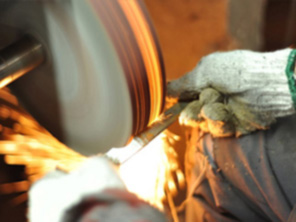
Friction is the force between two things or surfaces that rub together. Since there is always friction when two things rub together, there is always heat energy generated.
Physical change
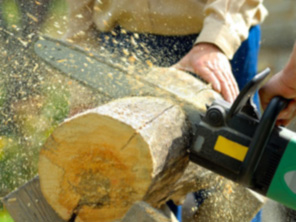
When a substance goes through a physical change, only its form or appearance changes. Even though it may look different, it is still the same substance. For example, when water freezes, it turns to ice. The ice and the water are the same substance. Only their forms are different.
Another example is sawdust. If someone takes a saw and saws into wood, some of the wood breaks into tiny pieces and becomes sawdust. The sawdust is still wood. It is just wood in a different form. It has gone through a physical change.
Chemical change
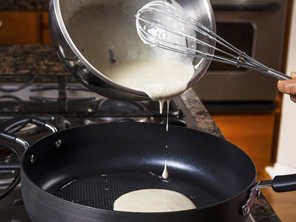
A chemical change is a change in the chemical composition of a substance to produce a new material with different properties. When we turn batter into a pancake, we are using heat to cook and chemically change the raw ingredients into something different.
Conduction
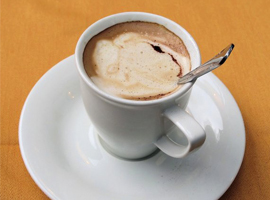
Conduction is the process by which heat energy flows from an object at a higher temperature that comes in contact with an object at a lower temperature. If you have ever picked up a spoon from a hot cup of chocolate, the spoon became hotter by conduction.
Convection
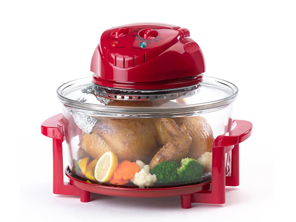
Heat can move from one place to another by convection. Convection is when heat energy moves when matter containing the heat moves like warm air rising. It is usually warmer near the ceiling of a room than on the floor because the warmer air rises to the ceiling by convection and cold air sinks to the bottom of the room. Warm water also rises and cold water sinks by convection.
Radiation

Radiation is any energy that is given off by a source and moves as waves, particles, or rays. There are many different types of radiation. Light and heat are both forms of radiation.
Some types of radiation can be very harmful to people, but other types of radiation can be helpful. A special type of radiation, called gamma radiation, can be used to help people fight diseases such as cancer. Gamma radiation kills cells, but when pointed directly at cancer cells, it can help a person fight off cancer by killing these diseased cells.
Conductor
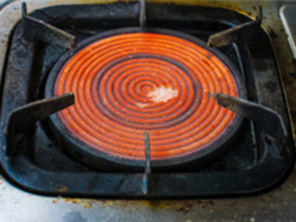
A conductor is a material that easily transfers heat or electrical energy. Most metals are good conductors for both heat and electrical energy.
Insulator

An insulator is a material that does not easily transfer energy heat or electrical energy. The special mitten that you use to take something from the oven acts as an insulator.